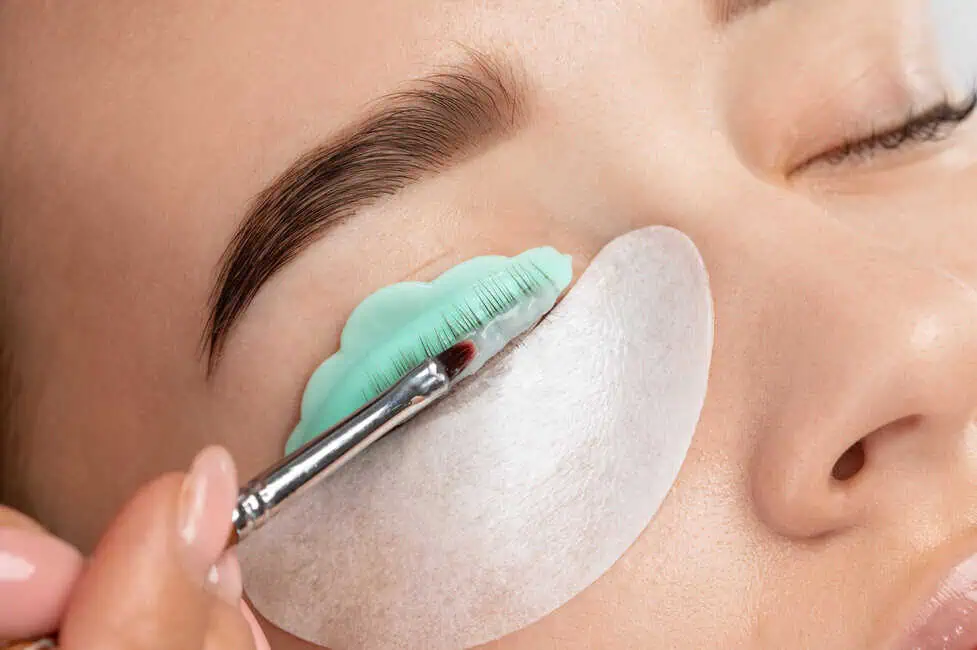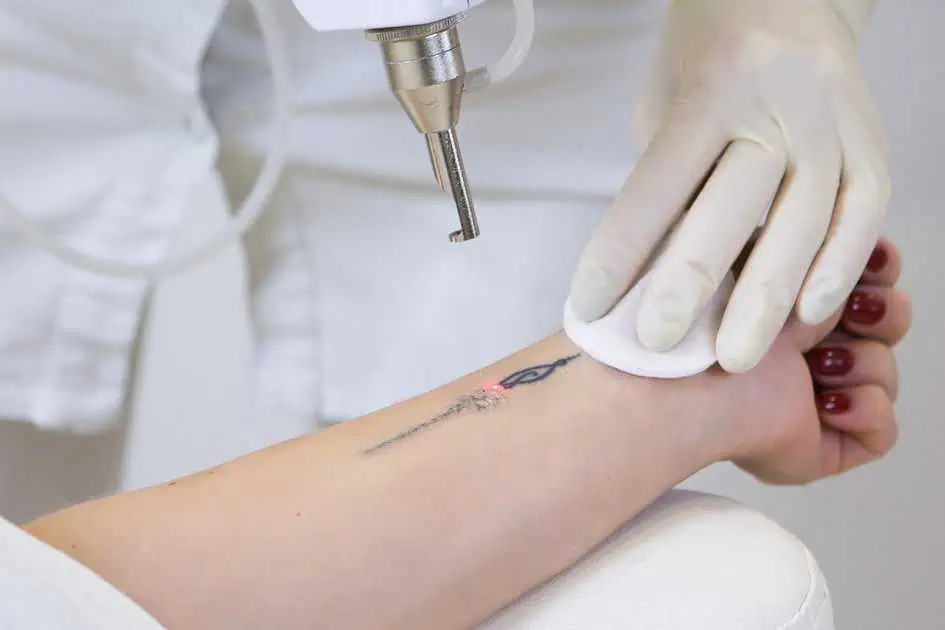Table of Contents
Innovations are emerging in the ever-evolving medical science and technology landscape, transforming how we approach various medical procedures. One such area that has witnessed remarkable progress is vein removal, a procedure often associated with cosmetic and medical reasons. From once being an invasive and often painful procedure, vein removal has come a long way, thanks to groundbreaking advancements and emerging technologies. In this article, we delve into the exciting realm of the future of vein removal, exploring the latest developments that promise safer, more efficient, and less invasive treatments.
The Evolution of Vein Removal
Vein removal techniques have evolved significantly over the years. Traditionally, procedures like vein stripping and ligation were common, involving surgical removal or tying off of veins. These invasive methods often resulted in prolonged recovery periods, discomfort, and scarring. However, advancements in medical understanding and technological innovations have led to the emergence of minimally invasive procedures that are changing the game entirely.
Laser Therapy: A Beacon of Progress
One of the standout advancements in vein removal is the application of laser therapy. Lasers have transformed the landscape of various medical procedures, and vein removal is no exception. Laser therapy, or endovenous laser treatment (EVLT), involves using laser energy to close off problematic veins. This method is less invasive, requires minimal recovery time, and is virtually painless compared to traditional surgical procedures.
The laser emits precise wavelengths of light that target the hemoglobin within the blood, causing the vein to heat up and seal shut. Over time, the body naturally absorbs the sealed vein, leading to a smoother, healthier appearance. This approach effectively treats varicose and spider veins and significantly reduces the risk of scarring and infection.
Radiofrequency Ablation: A Heating Innovation
Another promising technology in vein removal is radiofrequency ablation (RFA). This procedure involves using radiofrequency energy to heat and close off problematic veins. Like laser therapy, RFA is minimally invasive and has a shorter recovery than traditional surgical methods. The controlled application of heat ensures precise targeting of veins while minimizing damage to surrounding tissues.
Ultrasound-Guided Sclerotherapy: Enhancing Precision
Ultrasound-guided sclerotherapy is yet another innovation revolutionizing the world of vein removal. This technique combines the power of ultrasound imaging with sclerotherapy, which involves injecting a solution directly into the affected veins. Medical professionals can visualize the veins in real time using ultrasound guidance, ensuring accurate and targeted injections. This results in improved efficacy and reduces the risk of complications.
The Role of Robotics and Nanotechnology
As technology continues to push the boundaries of what’s possible, the field of robotics and nanotechnology is also making its presence felt in vein removal procedures. Imagine a future where tiny, precision-controlled robots navigate through veins, identifying and eliminating problematic areas with unparalleled accuracy. While this concept might seem straight out of a science fiction movie, ongoing research suggests that it might not be too far-fetched.
Researchers are exploring the potential of nanobots – minuscule robots that can navigate the human body – to target and treat veins from within. These nanobots could be programmed to identify and remove blockages, break down clots, and repair damaged vessels. This would revolutionize the treatment of varicose and spider veins and hold promise for more complex vascular conditions.
Personalized Medicine and Genetic Insights
The future of vein removal isn’t just about innovative procedures and technologies; it also involves a deeper understanding of genetics and personalized medicine. Genetic insights can provide valuable information about an individual’s susceptibility to vein-related issues, enabling healthcare providers to tailor treatments accordingly. Personalized medicine ensures that the chosen treatment is effective and aligned with the patient’s genetic makeup, maximizing results and minimizing risks.
Challenges and Ethical Considerations
While the future of vein removal is undoubtedly filled with promise, it’s essential to address the challenges and ethical considerations that come hand-in-hand with these advancements. As with any medical innovation, ensuring patient safety and maintaining ethical standards remain paramount.
Training and Skill
With the introduction of new technologies, there comes a need for healthcare professionals to undergo specialized training to perform these procedures effectively. Integrating robotics, nanotechnology, and other advanced techniques requires a thorough understanding of the technology and its application. Ensuring that medical professionals receive adequate training will be crucial in delivering safe and successful treatments.
Access and Affordability
As cutting-edge technologies become more prevalent in the medical field, the question of accessibility and affordability arises. These advancements have the potential to revolutionize the treatment landscape, but they must also be accessible to a wide range of patients, regardless of their socioeconomic status. Striking a balance between innovation and affordability is essential to ensure these treatments benefit as many people as possible.
Long-Term Effects and Research
While the initial results of these emerging technologies show promise, their long-term effects, and durability are still being studied. Thorough research and clinical trials must be conducted to understand these procedures’ long-term outcomes fully. This will help build trust among patients and healthcare providers and ensure the benefits are sustained over time.
Conclusion
As we stand on the cusp of a new era in medical science, the future of vein removal shines bright with possibilities. Advancements in laser therapy, radiofrequency ablation, ultrasound-guided sclerotherapy, robotics, nanotechnology, and personalized medicine are reshaping the landscape of this once-invasive procedure. Patients can now look forward to treatments that are less painful, more efficient, and tailored to their individual needs.
While these emerging technologies offer a glimpse into the future, it’s important to acknowledge that the medical field’s progress is ongoing. As researchers and innovators continue to push boundaries, the coming years could bring even more astonishing breakthroughs, changing how we think about vein removal and vascular health. The future is exciting, and it’s a future where veins no longer have to be a source of concern but a canvas for modern medical science’s marvels.
When you choose Thrive Wellness, you’re not just embarking on a wellness journey – you’re becoming part of a supportive and vibrant community that celebrates every step of your progress. Connect with like-minded individuals, share your successes, and find inspiration in the stories of others. Ready to take the first step towards a life of wellness? Book your complimentary consultation today and discover how Thrive Wellness can help you achieve your health and vitality goals. Let’s unlock your full potential and thrive together!






